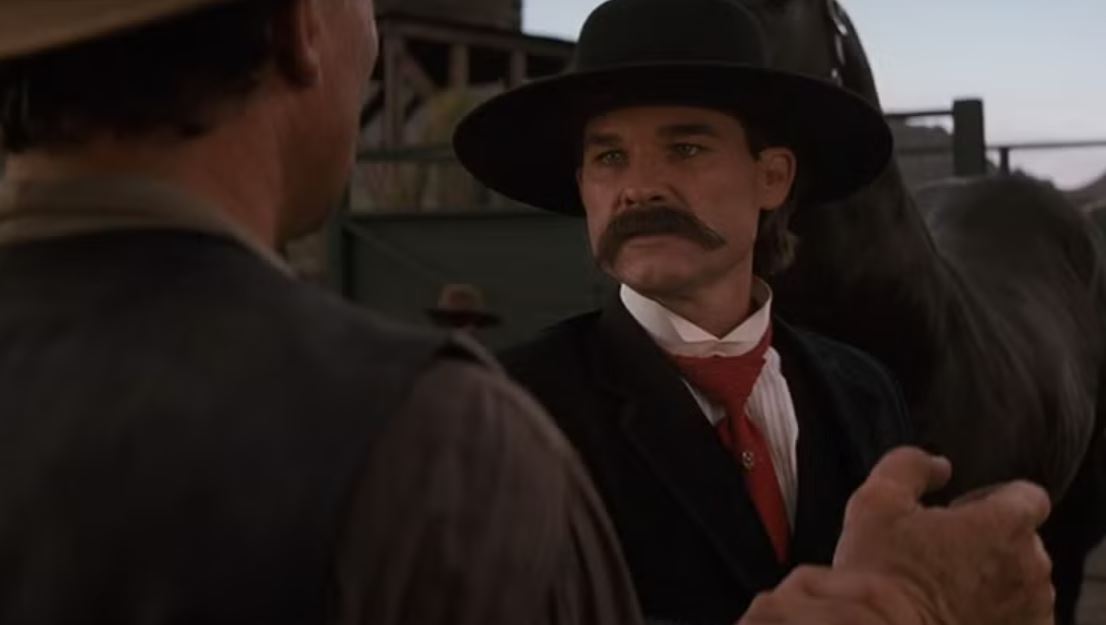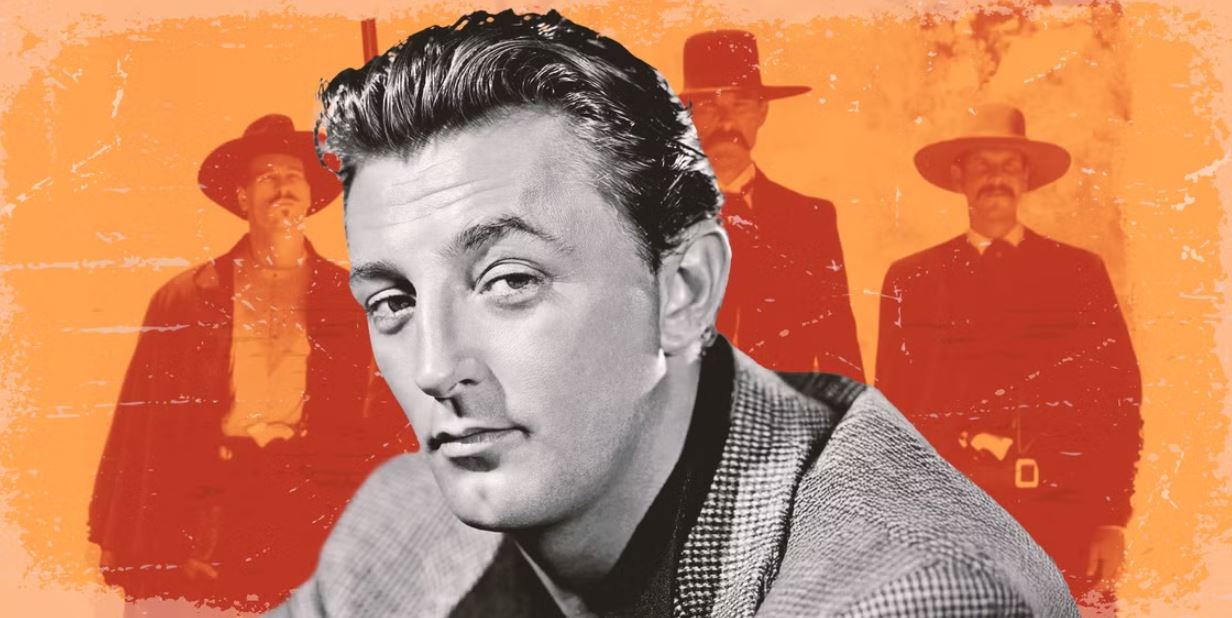Tombstone was a massive success that marked a major comeback for the Western genre, as it proved why these stories of gunslingers, outlaws, and the battles they waged were so accessible. The 1990s saw the debut of many westerns that would go on to establish themselves as being all-time classics, but while darker films like Unforgiven and Legends of the Fall had a gritty sense of realism, Tombstone was a far more entertaining adventure story that celebrated the “Golden Age of Hollywood.” It would be impossible to discuss the success of Tombstone without mentioning its cast, as the film managed to assemble some of the most exciting stars of its generation. However, it is easy to forget that Robert Mitchum played the important role of the narrator in Tombstone, as an accident prevented him from actually appearing in the film.
What Did Robert Mitchum’s Voiceover Add to ‘Tombstone?’

Mitchum provided his voice for an opening narration in Tombstone that explained the context of what America looked like in the post-Civil War era, and how Doc Holliday (Val Kilmer) and Wyatt Earp (Kurt Russell) served as two very different examples of what a “man of justice” should look like. Originally, Mitchum was set to appear as the Old Man Clanton, a notorious outlaw whose family has taken part in many heists throughout the Wild West. Mitchum suffered an injury after falling from a horse early on in production, and was written out of the story. However, the film does feature his sons, Ike (Stephen Lang) and Billy Clanton (Thomas Hayden Church), who join the alliance of Cowboys led by Curly Bill (Powers Boothe). Although Billy is killed during the initial fight at the O.K. corral, Ike eventually escapes justice by giving up his cash at the very end.
The use of a voiceover in the film was an intentional throwback to the classic era of Westerns, many of which began as serial adventures. Early Westerns tended to utilize voiceovers as a means of providing exposition to the audience, but this tactic eventually transformed into a stylistic choice that helped emphasize the fact that these stories were translations. The mythology behind cowboys, gunslingers, and the entire notion of the “Wild West” grew to be an essential aspect of American culture because these stories were passed down as oral traditions, and thus a classical voiceover served as a reminder of the great works that had inspired Tombstone. Beyond the fact that Mitchum’s opening words help to define exactly what is going on (a helpful addition considering how extensive the cast was), it also helped distinguish Tombstone from the other popular westerns at the time. While recent hits like Dances With Wolves and Dead Man took a more revisionist approach, Tombstone was a more nostalgic celebration of old-school filmmaking.
‘Tombstone’ Pays Tribute to the History of Western Cinema

Tombstone is essentially a love letter to the Western genre, as nearly every actor in the film has been tied directly to it based on their past work. While it was necessary to get rising stars like Russell and Kilmer involved in order to entice a younger audience, the film also made room to give juicy roles to established Western actors like Charlton Heston, Buck Taylor, and Harry Carey Jr. Although the film is so layered with characters that many of these parts amount to little more than cameos, they serve a greater purpose in making Tombstone’s version of the West into the definitive interpretation. There have been several films that have attempted to account the story of Holliday and Earp, but Tombstone remains the most famous because the worldbuilding is so expensive.
The use of Mitchum’s voice over was compelling because of his own history with the Western genre, as he first made a name for himself with classic gunslinger films like The Man With The Gun, El Dorado, The Wrath of God, and Pursued among others. Mitchum was already established as a living legend who had evidently shaped the way the Western genre had evolved, but his brief appearance in Tombstone offered a fun way to close off his impressive career, and introduce his iconography to a younger generation of audiences.
